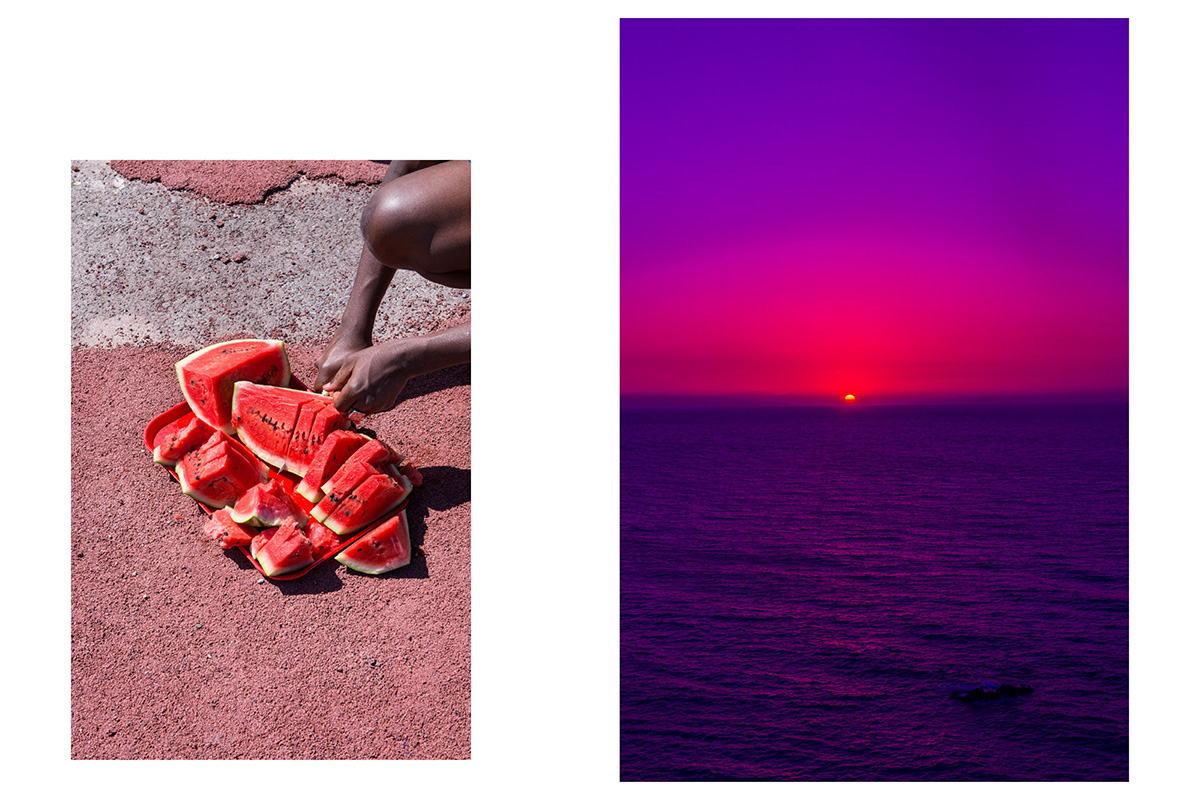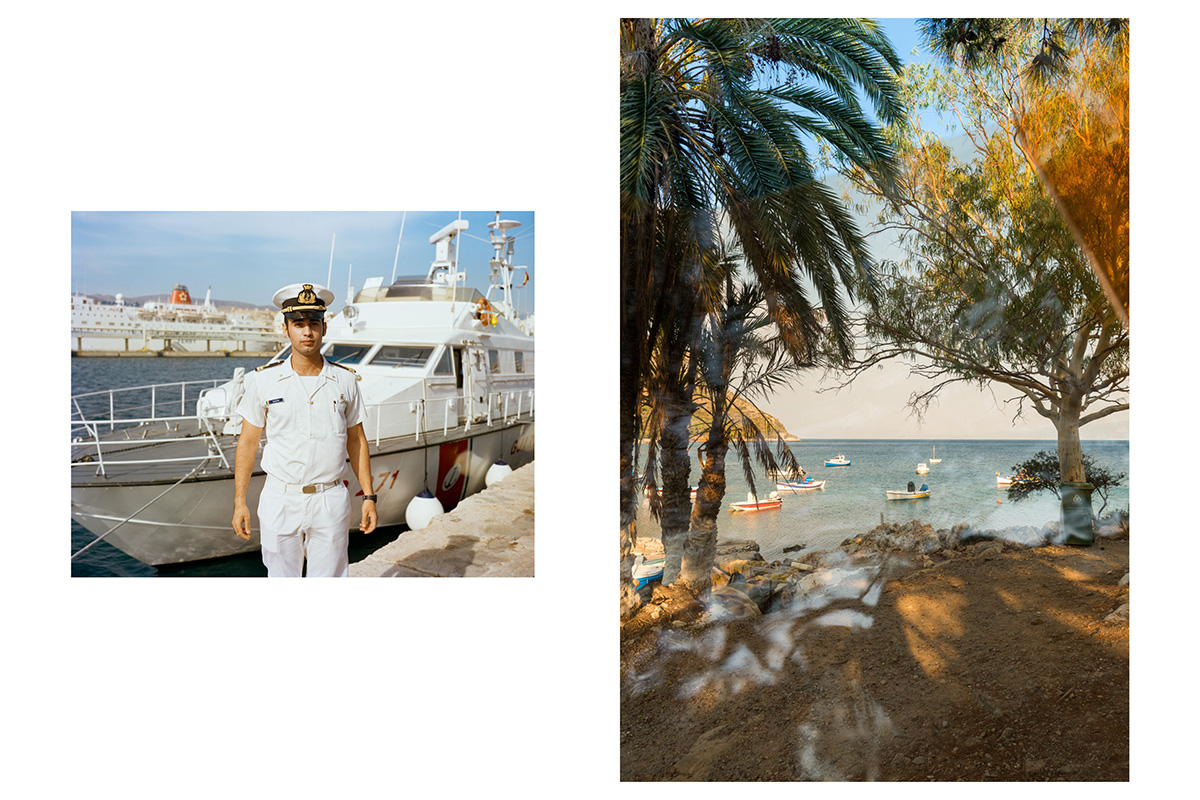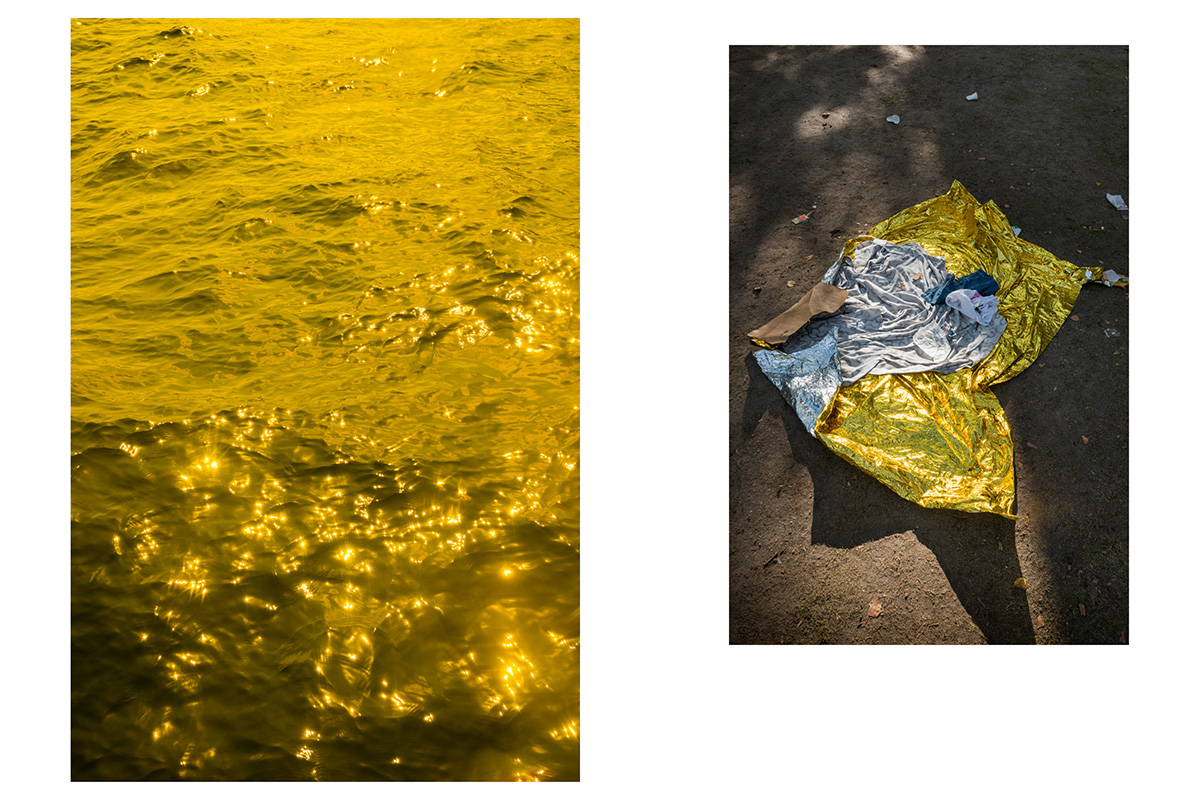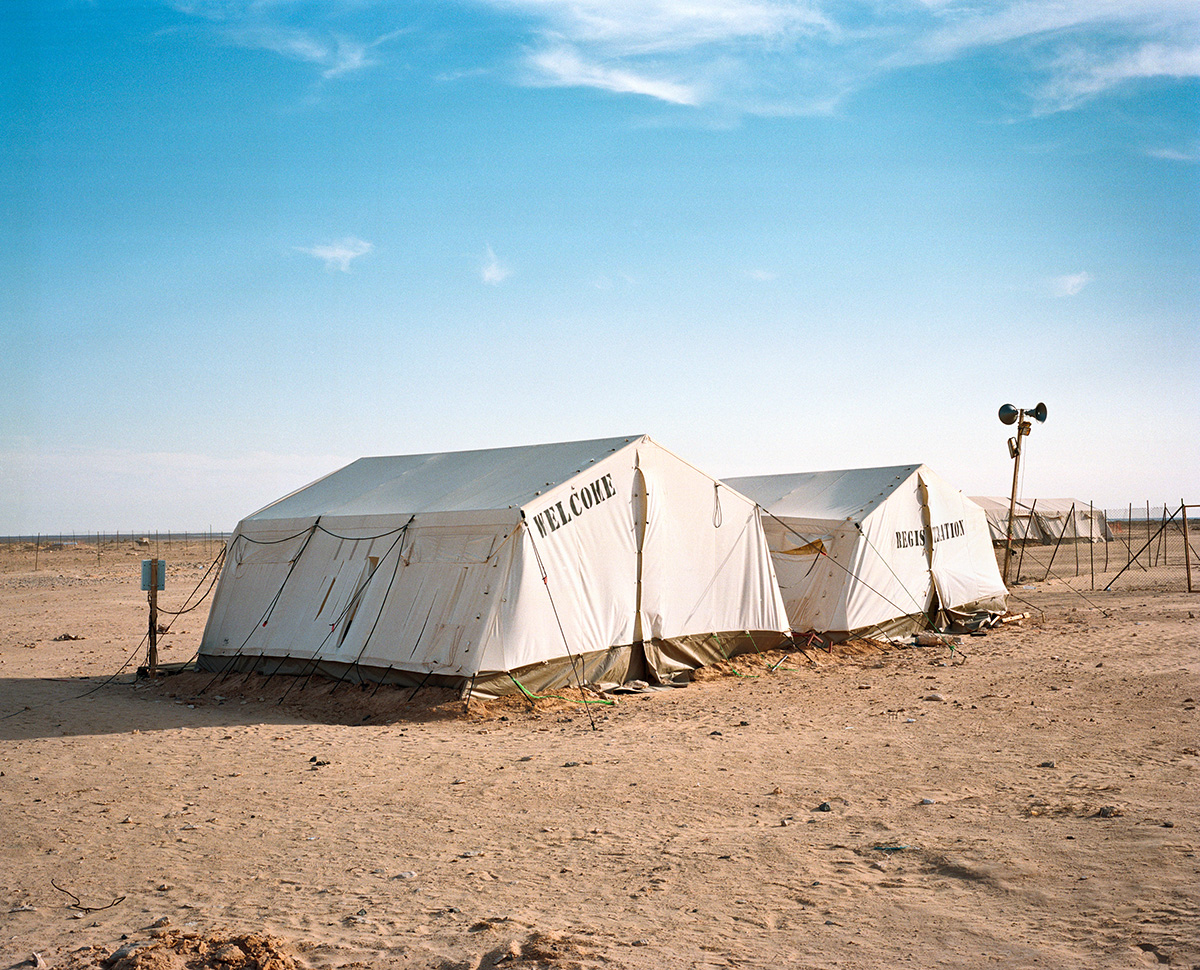Michael Danner’s Migration as Avant-Garde
Text by Julia Bunnemann
To watch the media’s day-to-day coverage of migration is to see how it displays only the phenomenon’s negative connotations, showing mainly neediness and passivity. German photographer Michael Danner has tried to distance himself from the collective imagery, however, and instead emphasise migration’s active part: the hope for a better future, the willingness to change and succeed. When the photographer started work on his project in 2008, not many would have foreseen that Europe’s borders would become such a heated political topic. From the end of the Second World War until the collapse of the Soviet Union in 1991, there was no major displacement of people in Europe. As the nations in the European Union became ever more closely tied together, the stable conditions raised the hope that nationalism had been forever vanquished. Neither emigration from former Eastern bloc countries nor the Yugoslavian civil wars was able to refute this hope, despite the flight of hundreds of thousands to central EU states. The increase in migration following the Arab Spring and the war in Syria changed that. Coinciding with the aftermath of the financial crisis and the fall in living standards in some EU member states to create, it became the perfect scapegoat for populists across Europe.


The attention-grabbing title of Michael Danner’s book, Migration as Avant-Garde, is immediately intriguing. The avant-garde is defined as a political or artistic movement with a strong orientation towards experimentation and a particular radicalism towards existing aesthetic norms. Danner’s use of the term with migration might seem cynical, but in reality, the photographer is using it to establish a frame of reference that can contain a sense of change and departure. Avant-gardists initiate new, groundbreaking developments and Danner wants us to understand the idea of migration as just that.
The book itself is a visual narrative of 86 colour photographs, 5 archive photographs, and 2 satellite photographs, divided into 4 broad chapters. It begins with beautiful, exaggerated imagery of the Mediterranean, an environment that projects longing in different ways. Whereas Europeans recall endless, colourful summer days on the beach, for migrants in the Middle East and North Africa, the sea symbolises the first stage of a dangerous journey. Danner’s picturesque views are exaggerated by coloured filters (as the summer months in the Mediterranean are more dry, brown grass and bushes than colourful), but slowly the mood begins to shift. The romantic sunset dips into a deep red, next to an image of a wrecked boat; the glistening, golden sea is next to a photograph of a discarded life blanket on the brown ground.

The hope of some has provoked the fear of others, and fear creates borders. The EU has gradually expanded its external borders, a process that was the initial spark for Danner’s project. His image sequence shows the high-tech borders, fences and guards from Frontex, the European Border and Coast Guard Agency – all sights migrants have met on their journey. Where and when the images were taken is not defined. The photographs are placed on a black background; the tone is changing. As the coloured filters are removed, the colour photographs’ documentary style becomes clearer.


The images then enter into a dialogue with quotes from Hannah Arendt’s celebrated essay “We Refugees”, first published in 1943, in which Arendt wrote that the refugee’s identity changes so often that no one can find out who they really are. Migration means anonymity, and up to this point in the book, Danner has shown not a single photograph of a migrant. Instead, he artistically assembles a version of their impressions and fragmentary memories of the journey: images of harsh, featureless waiting and transit rooms, and office equipment are spread over two pages. These collages are interspersed with archive photographs of early 20th-century European migrants to America, Jewish children in New York in the 1940s, the arrival of guest workers in Germany, refugees from Cambodia, as well as East German refugees at the Hungarian-Austrian border in 1989. With this retrospective, Danner makes clear the notion that migration and escape are a part of Europe’s history – they are not new to Europeans, never mind humanity, but run through history across the globe.


Only after the migrants’ arrival in Europe does Danner give them faces. The images show people who have taken their future in their own hands, depicting their pride and hope and strength. Danner presents them as avant-gardists.
Ever since three-year-old Aylan Kurdi washed up on a beach in Bodrum, Turkey, in 2015, and the photograph of his body was used to highlight the migratory flow into Europe, documentary photography has been repeatedly questioned and criticised. Michael Danner’s answer to this dilemma is to consciously search for other means of representing this humanitarian emergency, and in doing so, he takes the viewer with him on the journey. Migration as Avant-Garde creates a powerful relationship between its different elements, the photographer’s associative style, and its blend of images, texts and archival material. By deliberately avoiding images of suffering and uncertainty, of fear and violence, and instead working on an aesthetic approach to the situation, he shows us all a new way to relate to the theme of migration.

For more of Michael Danner’s work, click here.
For more from #1 Europe, click here.





